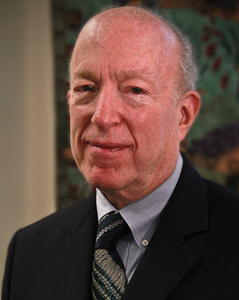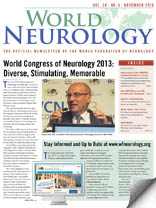
Donald H. Silberberg
FROM THE EDITOR-IN-CHIEF
The American Heart Association and American Stroke Association (AHA/ASA) created a new definition of stroke that encompasses both clinically manifest and silent ischemic and hemorrhagic lesions of the brain. They based this decision on the common pathogenesis of these lesions, regardless of whether or not the injury was detected by patient or practitioner.
In other words, the AHA/ASA’s answer to the age-old question was, “If a tree falls in the forest and there is no one around to hear it, it does in fact make a sound.” In contrast, the World Stroke Organization, the European Stroke Organization and the World Federation of Neurology endorsed the International Classification of Diseases-11 (ICD-11), which requires the presence of acute neurological dysfunction to diagnose a stroke. They maintained the historical definition, which has been consistently used for decades of comparative studies and global monitoring.
These groups were concerned that the inclusion of silent lesions would create political and procedural problems with coding, statistics and public understanding. Their answer was, “The tree does not make a sound.”
However, the ICD-11 recognized the importance of silent lesions and will for the first time include a new category of cerebrovascular disease with no acute cerebral symptoms. All groups agree that silent infarcts and hemorrhages are important, but disagree about whether they should be called strokes. Nevertheless, all would probably make the same observation: “There are too many trees lying here on the forest floor. We need to clean them up and try to prevent more from falling.”
One can anticipate that discussions concerning these slightly differing approaches will continue, to the benefit of our patients and all concerned with stroke prevention, treatment and rehabilitation.
World Congress of Neurology, Vienna, September 2013
Enthusiastic congratulations are due to all who were responsible for organizing and executing the highly successful World Congress in Vienna. The Program Committee, led by Donna Bergen, assembled an outstanding series of lectures and courses. The members of the Austrian Society of Neurology were most gracious hosts. Support from the World Federation of Neurology helped to assure a significant presence of colleagues from economically pressed countries, a trend that we hope and expect will continue and increase. Reports concerning some of the activities that took place are in this issue. Importantly, the task now is to organize an equally, or even more successful 2015 World Congress of Neurology in Santiago, Chile.
